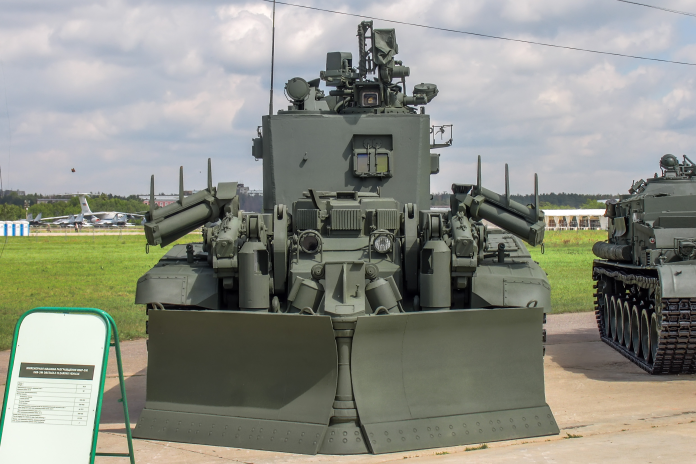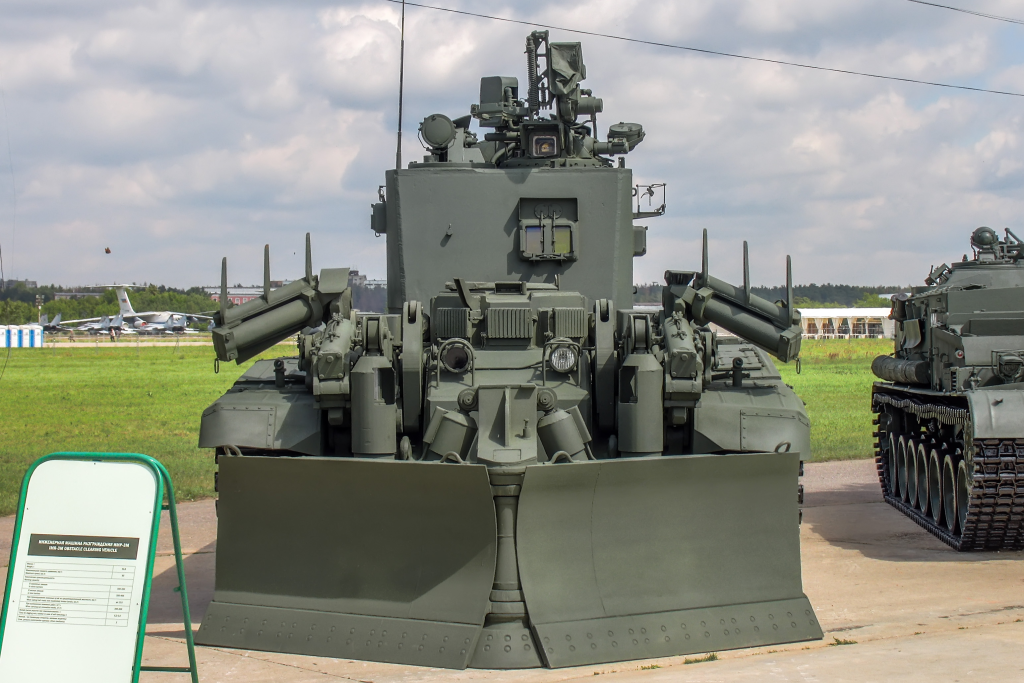
“Those machines are needed on the front line,” said Militarnyi, detailing the Russian IMR-3M combat engineering vehicle. That need and the fact that the vehicle is so uncommon is exactly why the recent destruction of one by Ukraine’s 412th Nemesis Unmanned Systems Regiment has caught the attention of military watchers. The attack, recorded using infrared imagery, had a bomber drone follow the vehicle and hit it with a series of pinpoint shots until it was consumed on the battlefield.
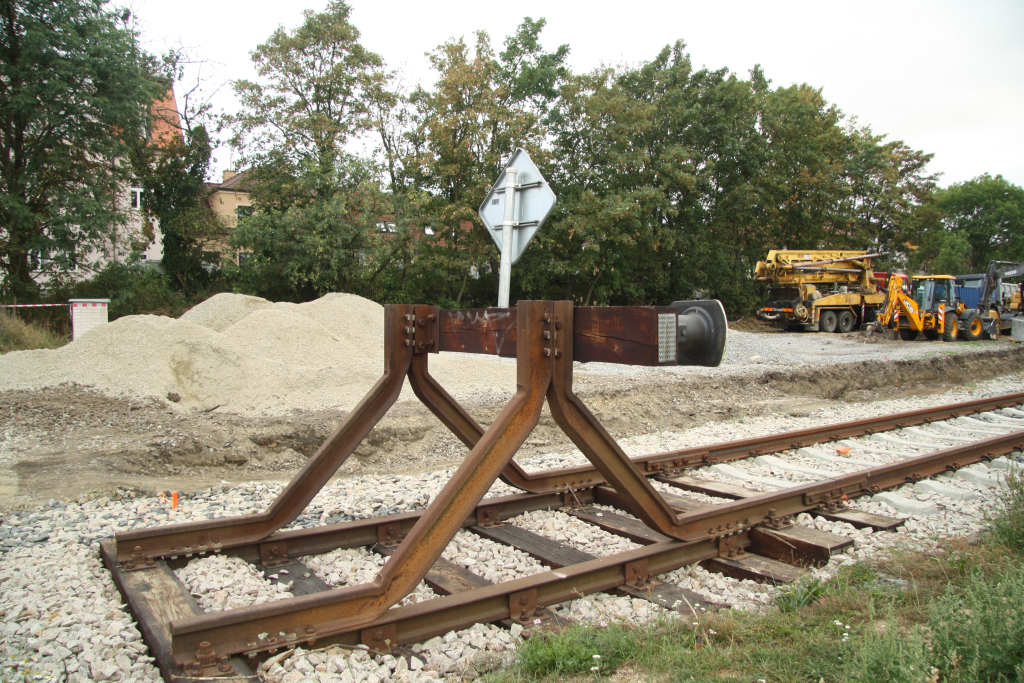
The IMR-3M, otherwise known as a “terminator on rails,” is a fortress-like, obstacle-clearing system constructed on a T-90 tank platform. Its destruction is symbolic more than anything else: it highlights the increasing use of unmanned air systems to disable some of Russia’s most precious combat assets. The attack also provides a window into the new interplay between scarce engineering platforms, drone warfare strategy, and the fluctuating balance of technology on the battlefield. Following are seven important takeaways from this incident and the wider operational environment within which it took place.
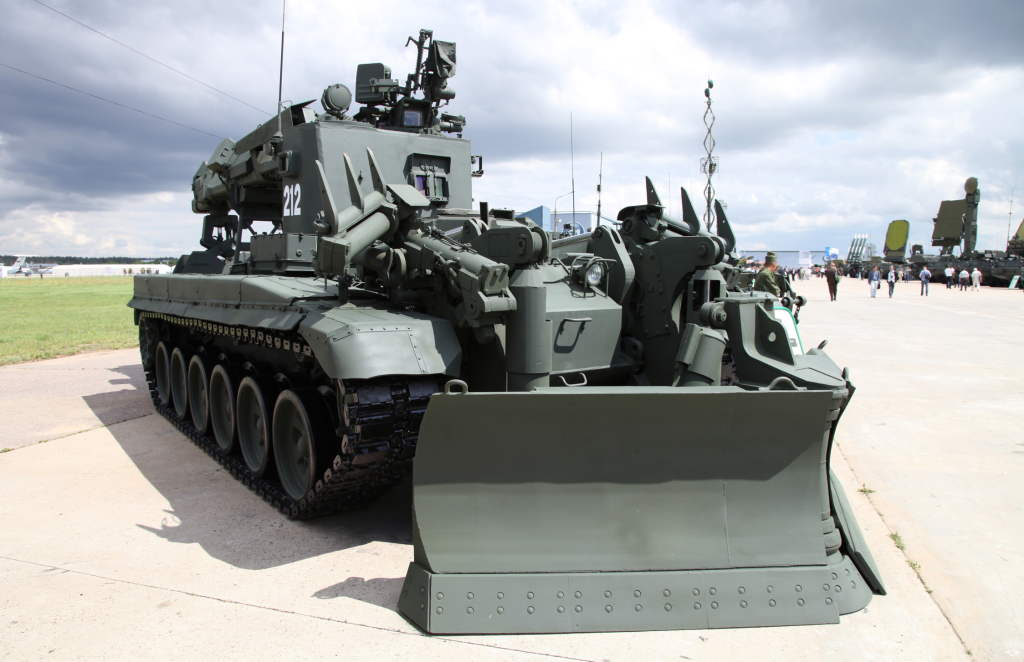
1. The IMR-3M’s Rare Battlefield Role
The IMR-3M is a 50-tonne engineering truck to be used for mine clearance, debris, and obstacles ahead of moving armored units. It is mounted on the T-90 chassis, fitted with a dozer blade, mine-plough, telescopic crane, smoke-screen equipment, and a machine gun. Its armor is nuclear-hardened to combat nuclear effects, enabling it to move in high-threat situations.
Fewer than a dozen of these vehicles have been destroyed or damaged since the onset of Russia’s all-out invasion. Before this attack, only three IMR-3Ms had been confirmed destroyed, out of dozens of older IMR-2Ms, according to Ukrainian reports. This rarity makes each loss tactically valuable, since such vehicles play a key role in spearheading advances and breaking through well-defended lines.
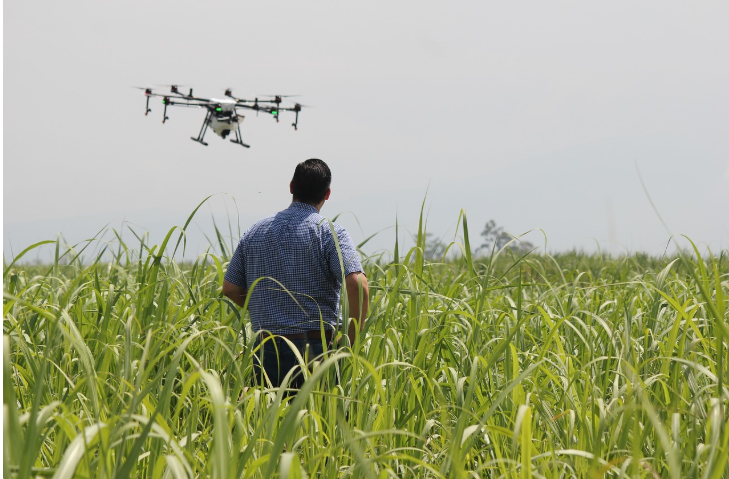
2. Precision Drone Strike Tactics
Video released by the 412th Nemesis Regiment captures the IMR-3M in motion when first detected by a UAV. A bombing drone trailed behind it, firing a first round that disabled the vehicle. Two follow-up shots destroyed it. The battle demonstrates how Ukrainian troops are combining reconnaissance and strike drones into a single kill chain that shortens the detection-to-kill timeline.
This tactic is reflective of overall Ukrainian strategy, where FPV and attack drones are employed to pin down valuable assets before applying finishing strikes. The deployment of infrared imagery in this instance enabled operators to follow the target through obscured terrain, improving strike precision.
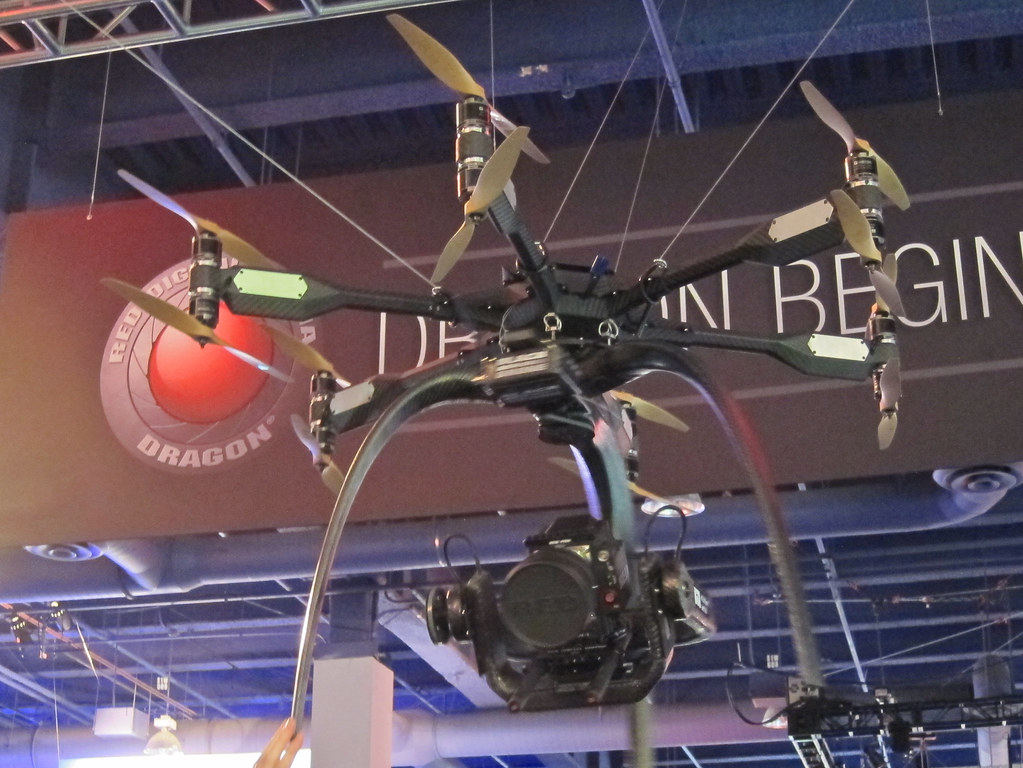
3. Drones Against Armored Targets
Zerosing a platform as solid as the IMR-3M using comparatively cheap drones indicates the cost asymmetry of the war. Bomber drones have the capability to drop explosives exactly on exposed points like engine bays or exposed fittings without using heavy anti-tank munitions.
As has been explained by Yurih “Achilles” Fedorenko of Ukraine’s 429th Separate Regiment of Unmanned Systems, these tactics enable Ukrainian forces to “knock out their eyes” through attacking enemy drone pilots and “cut off their sting” by destroying strike drones, artillery, and logistics. The loss of the IMR-3M is part of this larger strategy of taking out capabilities instead of simply targeting front-line fighters.
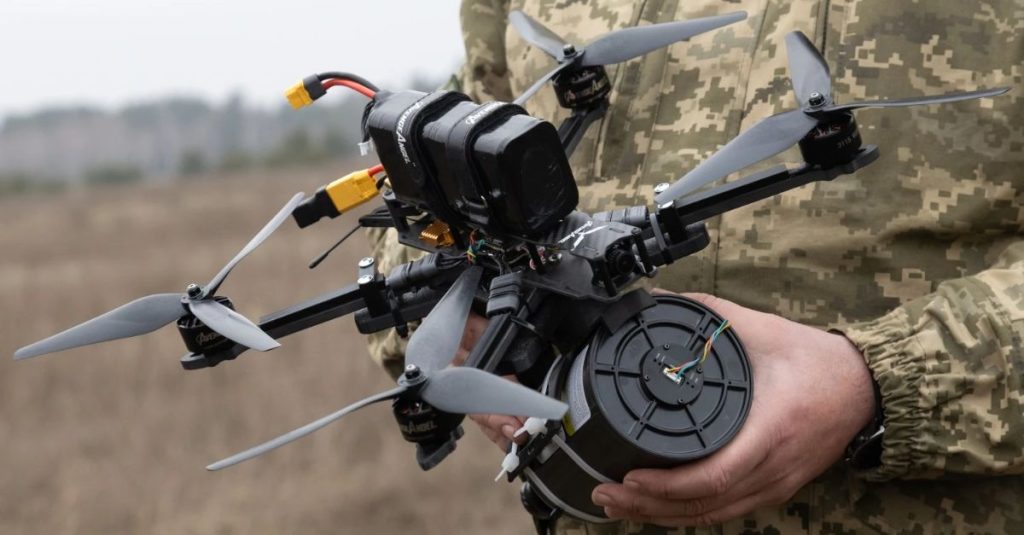
4. The Expanding ‘Kill Zone’
The destruction occurred within what Ukrainian analysts now call an expanded ‘kill zone’ areas up to 10 kilometers from the front where drones of various types operate persistently. This zone has grown from just hundreds of meters in 2024 due to innovations like fiber-optic drones that resist electronic warfare.
In such areas, every movement of vehicles is liable to detection and attack. The mobility and armor of the IMR-3M could not counter the exposure generated by perpetual air surveillance and swift drone attack capacity.
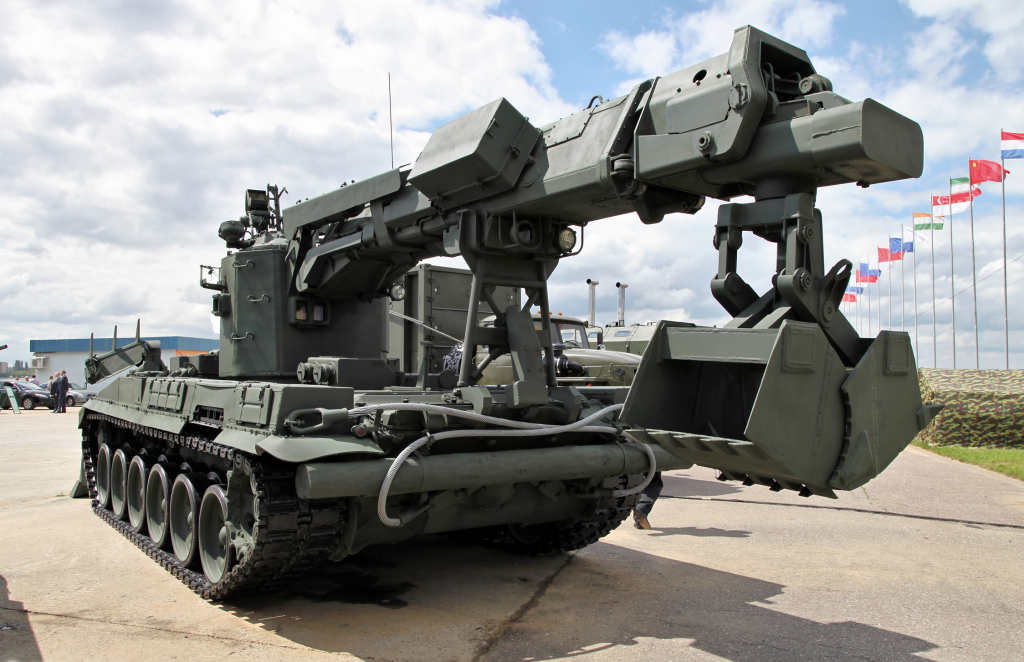
5. Russian Drone Innovations and Threats
Russia has also been increasing the range and endurance of its tactical drones, employing repeater drones and fiber-optic control to penetrate more deeply into Ukrainian-held territory. Such systems have been employed to disrupt ground lines of communications, making resupply and evacuation difficult.
The same technological environment that permits Russia to strike at Ukrainian logistics also lays its own scarce assets vulnerable to return drone attack. Here, the IMR-3M’s operational utility made it a priority target once located.
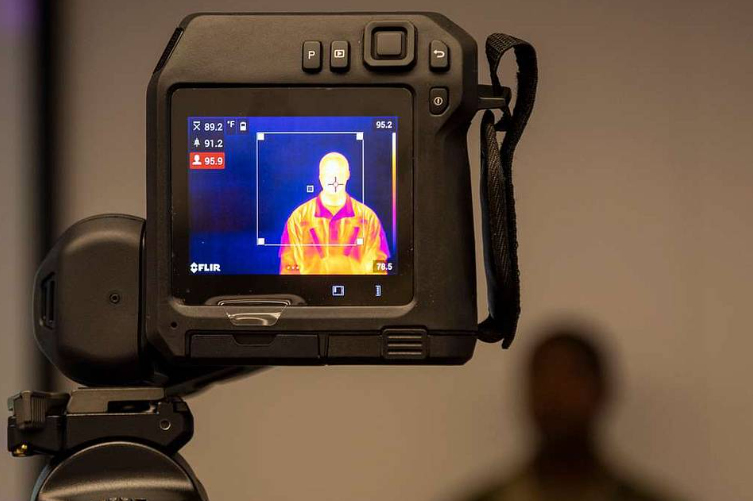
6. Thermal Imaging as a Force Multiplier
Thermal imaging was used to follow the IMR-3M during the battle. These types of systems, more and more miniaturized and built into drones, enable operators to identify and track targets in low-visibility environments. Ukrainian companies are making low-cost thermal cameras for FPV drones, selling in units for about $270, in order to increase this capability.
Thermal detectors can expose heat signatures from engines or humans, allowing attack even under smoke or vegetation situations that would otherwise protect engineering tanks such as the IMR-3M.

7. Strategic Implications of the Loss
IMR-3M’s destruction takes a vital engineering resource out of Russian troops in that area, slowing their capacity to penetrate minefields or clear city rubble. Those capabilities are not easily replicable, particularly under sanctions and production limitations.
For Ukraine, the strike illustrates the competence of its unmanned systems regiments at hitting high-value, low-density targets. It also sends a message to Russian commanders that even their best-protected engineering vehicles are not out of reach, adding weight to the deterrent impact of long-term drone surveillance and strike integration.
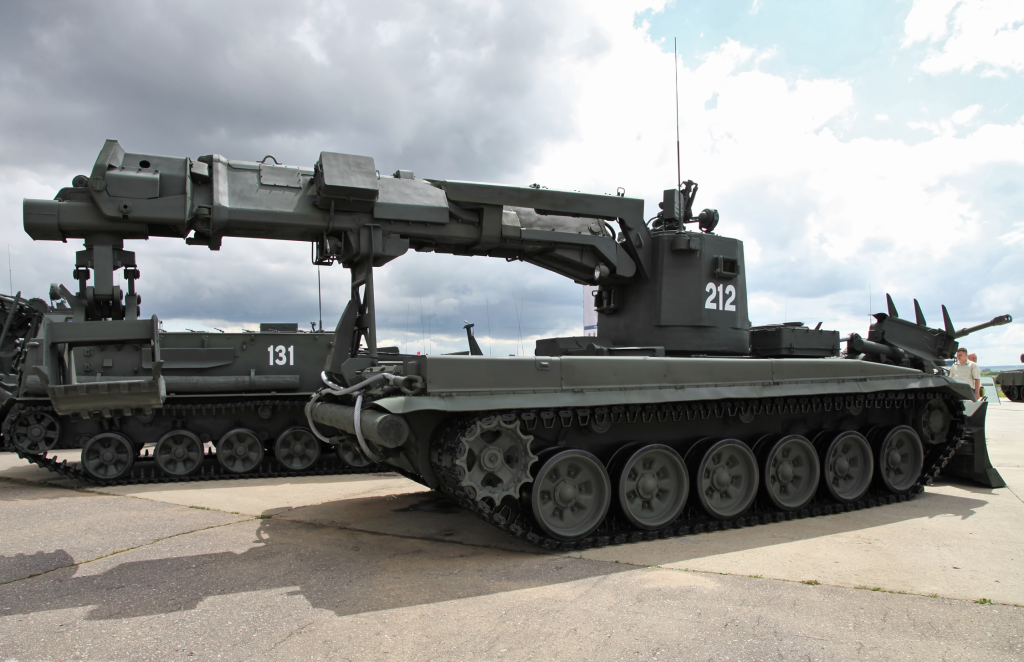
The destruction of the IMR-3M is a victory more than tactical; it is an example of how contemporary battlefields make flexibility, surveillance integration, and precision strike capabilities pay. As both sides hurry to out-develop each other in drone warfare, rare and unique vehicles become more and more at risk not from legacy anti-armor weapons but from small, mobile systems that can detect and take advantage of their vulnerabilities within minutes.
